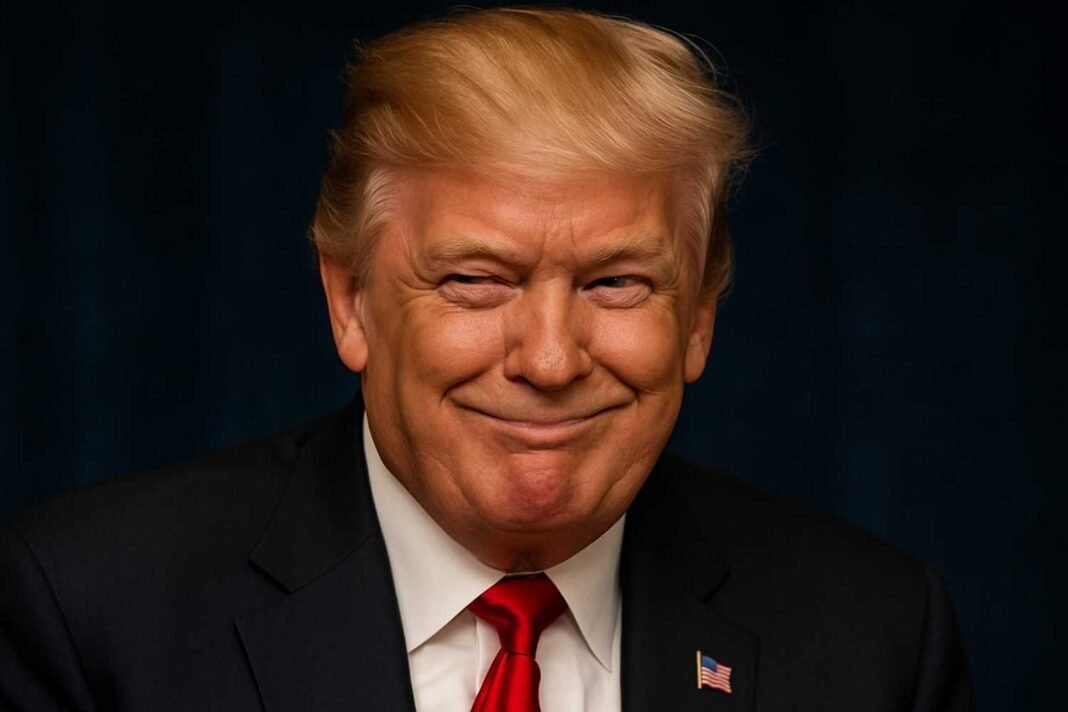Demonstrations under the banner of No Kings Day surged across the United States on Saturday, as protesters in major cities and small towns alike took to the streets to reject what they say is the ascent of executive overreach under Donald Trump. At the same time, Trump made his own visual rejoinder, posting an AI-generated clip that showed him adorned in a crown and cape — a tongue-in-cheek depiction of the very “king” his critics accuse him of becoming.
Organisers estimated that upwards of 2,500 separate rallies took place nationwide, drawing millions of Americans from coast to coast. The crowds poured into Washington D.C., New York, Los Angeles, Chicago, Atlanta, San Francisco and hundreds of smaller venues, all under the slogan “No Kings.”
In many cities, the tone was described as festive — marchers in bright colours, inflatable figures, costumes, and banners quoting the preamble to the U.S. Constitution. The protesters declared their alarm at new policies and actions they view as symptomatic of creeping authoritarianism: the use of domestic troops and militias, aggressive immigration enforcement, a shrinking press and mounting attacks on political opponents. As one former CIA staffer put it: “I fought for freedom abroad; now I see that extremism at home.” In response, Trump dismissed the “king” label in interviews, telling one outlet: “They’re referring to me as a king. I’m not a king.” Yet shortly afterwards a video appeared on his Truth Social channel — produced with artificial intelligence, and showing Trump flying a fighter jet, sporting a crown, and (in the clip) dropping what appears to be excrement on anti-Trump demonstrators.
Another AI-clip shared by Vice-President J.D. Vance showed Trump in royal garb with kneeling Democratic leaders in the background. The irony was not lost on observers: while the protests affirmed the democratic tradition of rejecting monarchs, the president used royal imagery for provocation and effect.
Many protesters carried signs reading “Nothing is more patriotic than protesting,” or “Resist fascism,” linking their actions to long-standing civic liberties. Particular highlights included a human-formation spelling out “No Kings!” and “Yes on 50” at Ocean Beach in San Francisco. Peace largely prevailed, with major cities reporting zero arrests or only isolated incidents despite large turnouts. For example, New York City police noted 100,000+ participants and no protest-related arrests. But the scale of the dissent is symbolic. Earlier in June the first wave of No Kings rallies took place in over 2,100 locations and drew an estimated 4–6 million participants.
Republican leaders were quick to condemn the protests as anti-American or radical. Speaker of the House Mike Johnson called the movement a “hate America rally.” Democrats, on the other hand, embraced the rallies. Senate Minority Leader Chuck Schumer declared that “we have no dictators in America, and we won’t allow Trump to keep eroding our democracy.” Experts note the timing is significant: the protests coincide with a federal government shutdown, mounting immigration enforcement, increasing use of federal troops in cities, and heightened concern about institutional checks and balances.
In Florida, Trump spent the weekend at his Mar-a-Lago residence — entirely physically removed from much of the action.
This is what democracy looks like. No Kings Protest and March in Austin TX, Oct 2025. A protest for the power of the people, support of the constitution, and NO KINGS since 1776 in America. #NoKings #Protest pic.twitter.com/q7X2DIj2HH
— 🤍 (@LoveRunandPray) October 18, 2025
The crown clip, while mocking the “king” accusation, underscored the broader symbolic battle: who holds power, and how is it exercised in 21st-century America? For protesters, the message was clear: vaults should be the domain of the people, not a single sovereign. For Trump, the clip was perhaps an attempt to reclaim the narrative — to turn ridicule into spectacle and defiance into image.
As the sun set on this latest mass mobilisation, the question remains: will it mark a turning point in the political dialogue or simply another flash of resistance in a deeply divided nation?








